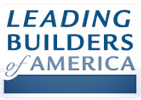The national model energy code developed and published by the International Code Council (ICC) is the blueprint for making new residential and commercial buildings more energy efficient.
In their role, ICC is in the unique position of balancing two essential responsibilities through the code development process: advancing energy efficiency and protecting home affordability.
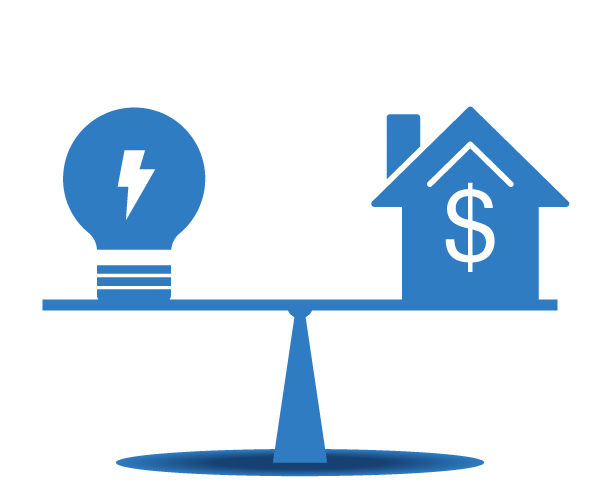
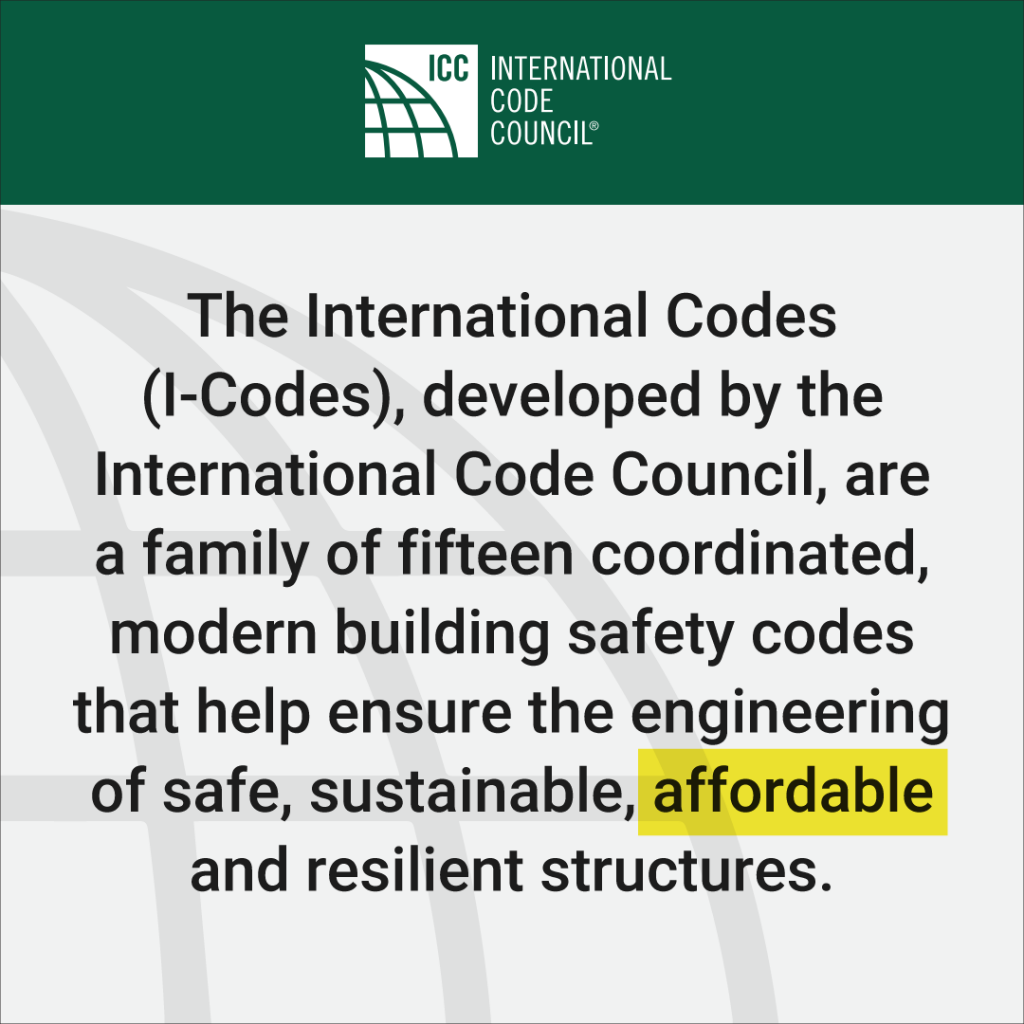
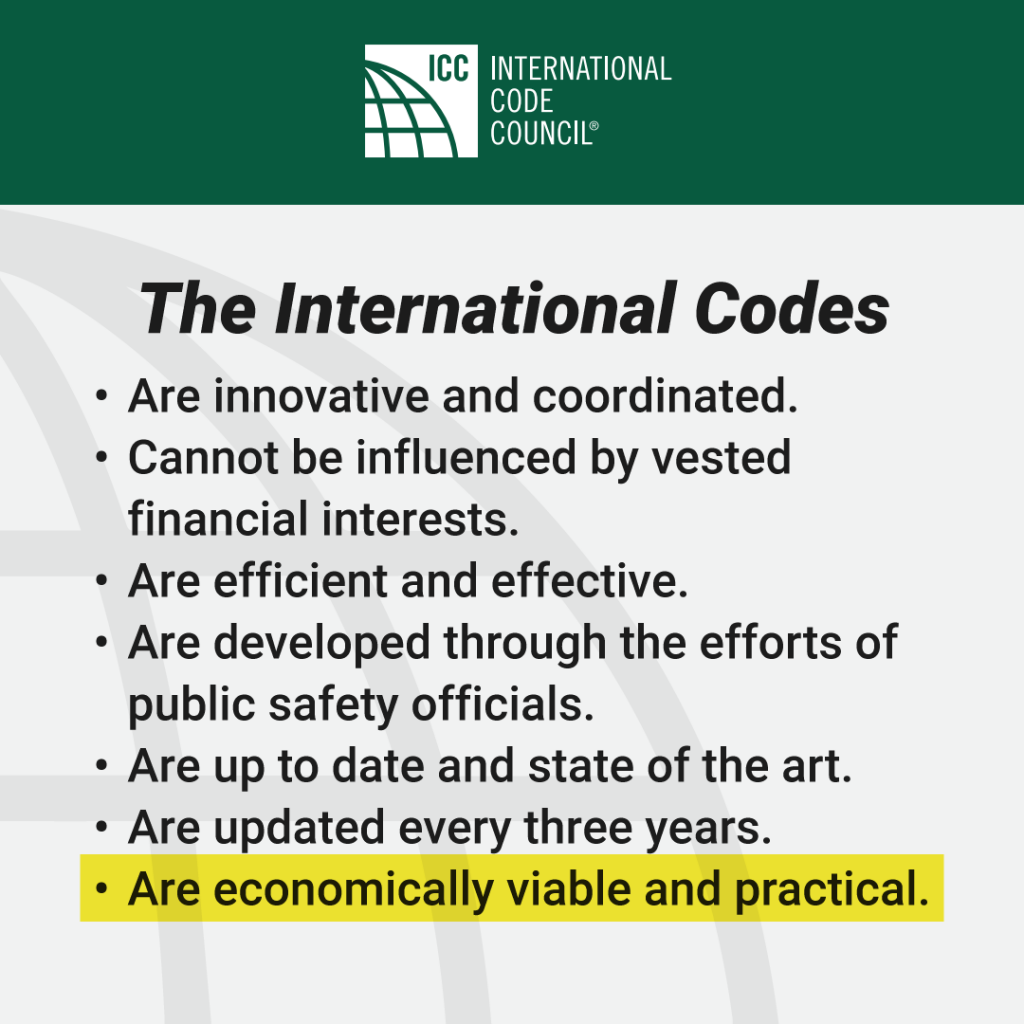
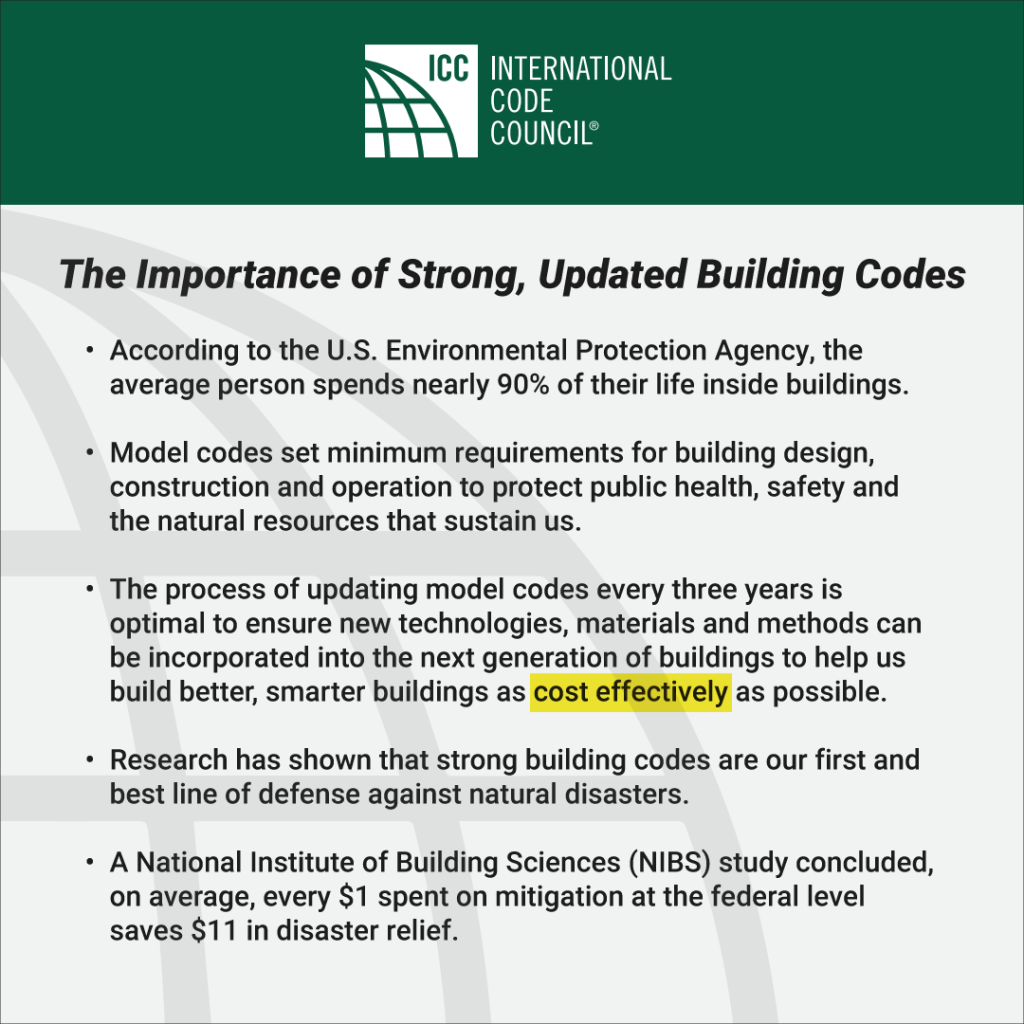

Increases to construction costs must be properly balanced to safeguard home affordability. Every dollar adds up and increased costs have a clear and quantifiable impact on homebuyers. These negative impacts are felt most by the economically disadvantaged and vulnerable, including young families and people of color.
A 2020 NAHB report shows that for every $1,000 increase in the price of a new home, 158,857 American households are pushed out of the housing market.
The 2021 energy efficiency code update is cause for serious concern. Multiple code changes were approved that will increase the cost of a new home by up to $10,000 with only modest benefit to homeowners. A few examples:
Each of these “high-cost-low-benefit” code changes were rejected twice during the ICC code development process. They were approved as a result of an unprecedented effort to manipulate the ICC’s governmental online consensus vote.
Watch the video below to learn more about this troubling effort.
The loophole in the ICC’s code development process that allowed these and other energy efficiency codes to pass without balancing them against affordability must be closed.
An ICC appeals board and the Long Term Code Development Committee have both recommended that future updates to the energy code should follow the ICC’s standards development process – the American National Standards committee-based process.
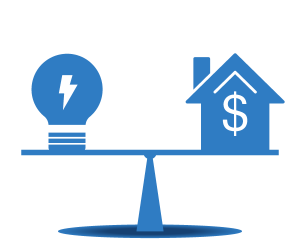
A PROVEN 20+ YEAR track-record
These processes have been used by the ICC for over 20 years to develop some of the industry’s most critical and live saving standards for handicap accessibility, modular construction, and seismic requirements.
A process of continuous improvement
ANSI sets up a process of continuous improvement for ongoing refinement, not locked into a three-year cycle like the current process.
Inclusive with full and transparent input
Under this process, a balanced committee comprised of building code officials, efficiency advocates and builders will work collaboratively to develop code changes.
The adoption of the ANSI committee-based process had wide support from contractors, builders, and leading industry professionals. Below is a small sample of supportive voices who have submitted comments to the ICC.
“ANSI-based consensus procedures have been highly successful in producing thousands of quality, advanced documents that are technically based and have broad support across different interest groups.”
Thomas D. Culp, Ph.D., Birch Point Consulting LLC
“The American Society of Interior Designers (ASID) supports the proposed framework for alignment of the residential provisions of the IECC and Chapter 11 of the IRC in keeping with the recommendations of the Appeals Board and the Blue Ribbon Committee.”
Katherine Setser, Chair, ASID Building, Fire, and Life Safety Subcommittee; ASID Policy, Codes, and Standards Committee
“The National Association of Home Builders (NAHB) is one of the International Code Council’s (ICC) founding strategic partners and has been an active participant in the ICC Code Development Process since the inception of the Council. Our members are in strong support of converting the development process for the International Energy Conservation Code (IECC) from the current Governmental Consensus process to an American National Standards Institute (ANSI) approved standards development process.”
John C. Fowke, Chairman of the Board, National Association of Home Builders
“I’m on the front lines of the building industry, working with customers every day. It’s an unfortunate reality that many, many people cannot afford to build. While energy efficiency is not the sole cause of this, and in fact is an important part of affordability to live in the house, it is a mistake to add more unneeded costs that do not have a tangible benefit. Switching to an ANSI developed standard is the best way to ensure that the needs of all parties, including our customers, are getting the best quality product, that will be energy efficient, durable, and last generations.”
Aaron Vander Meulen, Vander Meulen Builders
